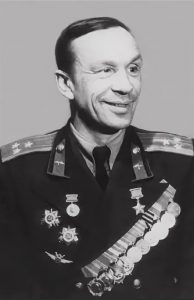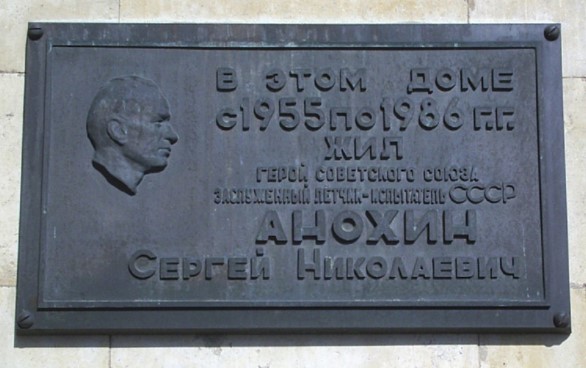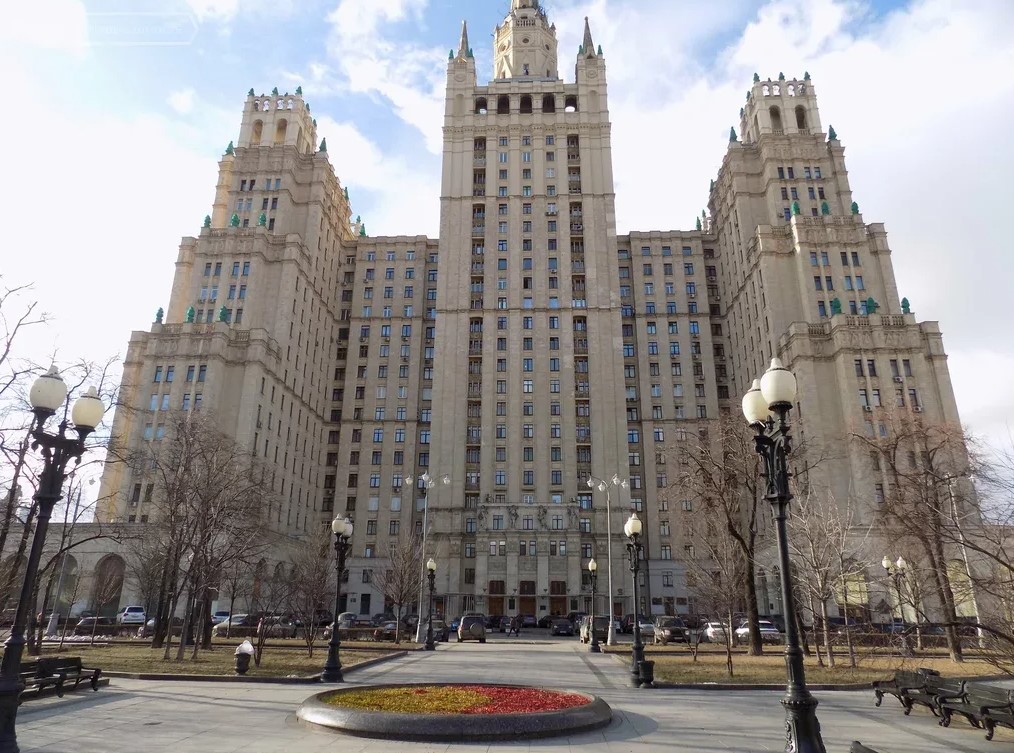Sergey Nikolaevich
Anokhin
1910-1986

Sergey Nikolaevich Anokhin was test pilot of the Flight Research Institute of the Ministry of Aviation Industry of the USSR, Moscow region. He was born on March 19 (April 1), 1910 in Moscow. He worked as a sleeper stacker on the railway, as a locksmith in repair shops. In 1929 he graduated from automobile courses. He worked as a bus driver. In 1930 he graduated from the Moscow Gliding School, in 1931 – the Higher Flight Gliding School, in 1932 – the Central Flight School of OSOAVIAKHIm, in 1935 – the Higher Parachute School. In 1931-1935 – instructor of the Higher Flight Gliding School (Koktebel village, Crimea). On October 2, 1934 he performed an experiment to test the Roth-Front-1 airframe with deliberate destruction in the air. He set 2 All-Union glider records. He performed an experimental parachute jump from an ultra-low altitude (100 meters) by the method of disruption. In 1935-1940 he was engaged in the training of pilots and parachutists in Turkey. In 1940-1941 he worked at the V.P. Chkalov Central Aero Club as a glider flight commander, squadron commander and squadron commander. In the army since December 1941. In December 1941 – June 1943 he was a test pilot at the Airborne Test Range (the village of Medvezhye Lakes in the Shchelkovsky district of the Moscow region). In 1942 he performed the first approach and flight on the A-40 glider, designed to land the T-60 light tank by air. He conducted tests of the A-7 airframe for a corkscrew, tests of the Gr-29 airframe, tests for towing aircraft after aircraft. He was a participant of the Great Patriotic War: in 1942-1943 – commander of the flight detachment of the 19th Guards Airborne Brigade (Kalinin Front). He made several sorties behind enemy lines to the partisans on gliders A-7, G-11 and KC-20. On the night of March 17, 1943, he performed the only (in the entire history of the war) take-off on a G-11 glider from a partisan airfield. From June 1943 to August 1962, he was a test pilot at the Flight Research Institute. He took to the sky and tested the Yak-7B fighter with ramjet engines DM-4s (in 1944) and the Yak-3PD fighter (in 1945). In 1944-1945 he conducted complex studies on the effect of overloads on the body and the pilot’s performance in flight. On May 17, 1945, during the control tests of the Yak-3 aircraft for strength, he was seriously injured, as a result of which he lost his left eye. Despite this, he returned to flight test work in December 1945. He took to the sky and tested the experimental jet fighters Yak-25 (in 1947), Yak-30 (in 1948) and Yak-50 (in 1949-1950), the second copy of the MiG-15 jet fighter (in 1948), the training jet fighter Yak-23UTI (in 1949 year), gliders A-13 (in 1958), A-15 (in 1960) and “Amur” (in 1961). He conducted tests of the SM-30 – the MiG-19 aircraft launch system from a ground catapult (in 1957); tests of MiG-15 and MiG-21F jet fighters for a corkscrew, tests of the MiG-19 supersonic fighter for a dynamic ceiling, refueling tests of the MiG-15bis fighter from the Tu-4, tests of a jet passenger aircraft Tu-104 for stability and controllability, tests of the Tu-16 jet bomber for stall and stall. He participated in the tests of Su-11, Su-12, Yak-16, I-215, La-174, I-320 (“R-2”), Yak-11U, Yak-18U, Tu-104, Yak-26, SM-30, Yak-28 and Yak-32, KAI-17 glider and many others. In 1951-1953, together with Amet Khan Sultan, F.I. Burtsev, V.G. Pavlov, he conducted tests of a manned analogue of the KS projectile aircraft (“Comet-3”), for which in 1953 he was awarded the Stalin Prize of the 2nd degree. He left emergency gliders and planes with a parachute five times (October 2, 1934 – from the Roth-Front-1 glider, in the summer of 1942 – from the A-7 glider, May 17, 1945 – from the Yak-3 aircraft, June 3, 1949 – from the Su-15 (“P”), December 21, 1960 – from the Tu-16LL aircraft). For the courage and heroism shown during the tests of new aviation equipment, by the decree of the Presidium of the Supreme Soviet of the USSR dated February 3, 1953, Colonel Sergey Nikolaevich Anokhin was awarded the title of Hero of the Soviet Union with the award of the Order of Lenin and the Gold Star medal.
Address: Moscow, Kudrinskaya pl., 1

